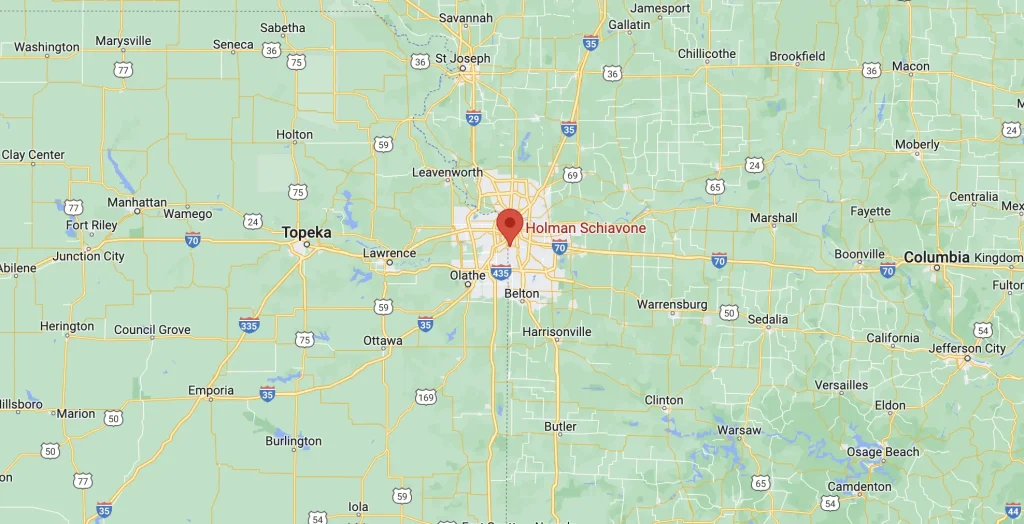It can be challenging to build and maintain positive relations in the workplace. You want to be friendly with the people you work with and to build rapport so that you are able to form strong teams and share jokes as well as frustrations. However, you may feel uneasy with certain coworkers, because you worry that your friendliness and warmth may be misinterpreted by them or that they may say or do something to make you feel uncomfortable if you spend too much time with them.
Unfortunately, many workers find themselves in a situation where they feel uncomfortable when conversing with a coworker because they are flirting with them, telling inappropriate jokes or invading personal space by touching them or getting too close. If you have experienced this in your workplace, it is important that you do not ignore it and that you consider whether you are a victim of workplace sexual harassment. The following is an overview of how to identify workplace sexual harassment.
The behavior is severe, persistent or creates a hostile working environment
The behavior does not need to be actual sexual activity or sexual advances to be considered sexual harassment in the workplace. It may be relatively subtle actions that occur frequently and make you feel uncomfortable.
For example, there may be an employee who, when you walk into the room, makes comments that are inherently sexist, directed at you, or are meant to make you feel uncomfortable. They may be doing this to flirt or to feel superior, but the reason is not relevant. If the actions are persistent to have created a hostile working environment, meaning that your work experience is significantly affected and you worry about coming into work, the behavior likely constitutes sexual harassment.
If you are feeling uncomfortable because of another person’s actions toward you at work, you should look into your options when it comes to making a sexual harassment claim.


